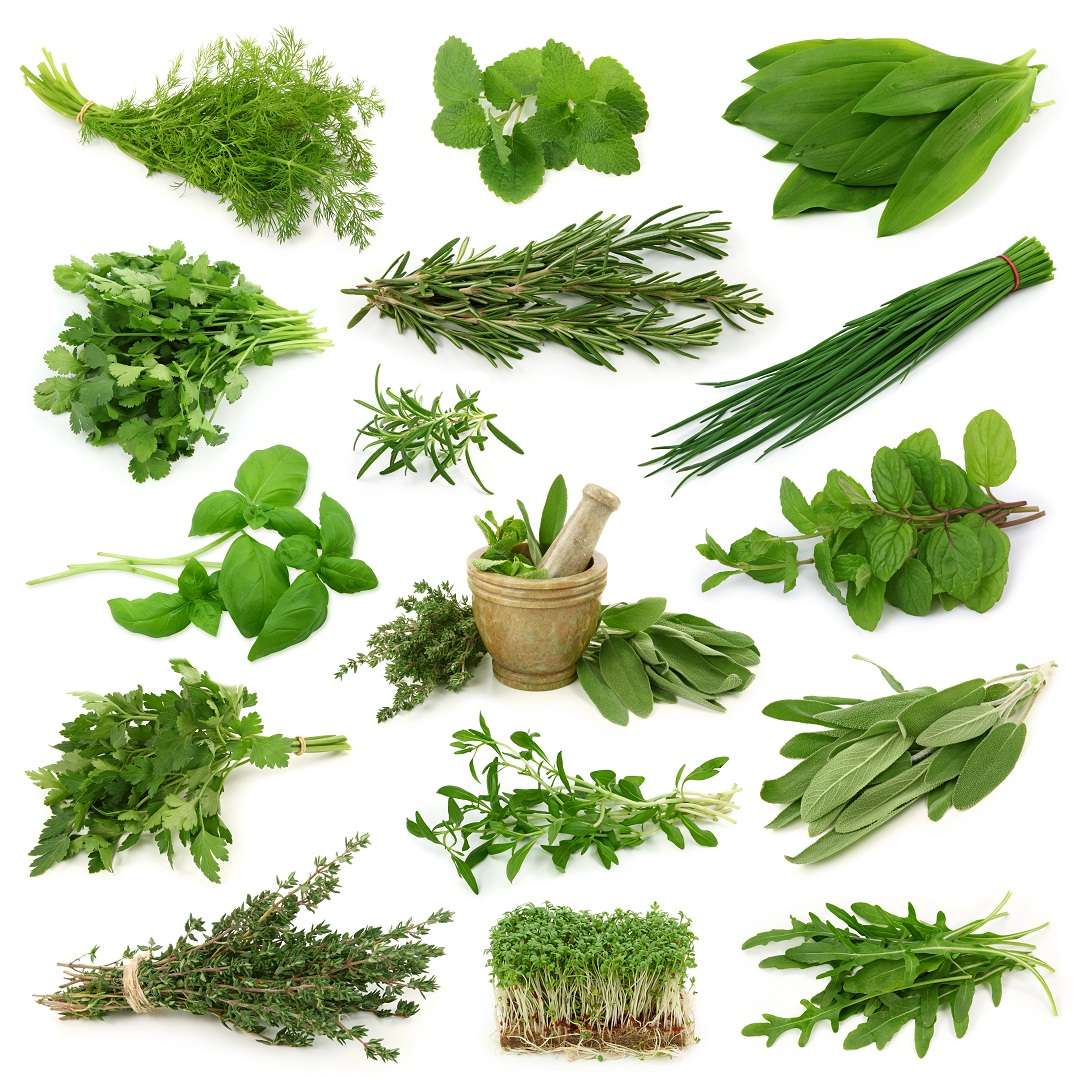Italian herb gardens have attracted attention throughout the world. Find out where the tradition comes from and what constitutes these beautiful gardens. Our guide to Italian herb gardens gives you the facts & information you want to know.
Italy is a country that has many unique elements within its culture. Amongst the many distinctive things that have gained worldwide acclaim originating from Italy is the Italian herb garden. As the name suggests this is no ordinary piece of land with some grass and poorly maintained basil plants here and there. Rather this is a piece of land that is to be treated as a proper garden then only can it be worthy enough of being called as an Italian herb Garden. If you search up the dictionary meaning of the word “Garden” you will find it to mean a plot of land that is used for the cultivation of flowers, vegetables, herbs and fruits. On the contrary they need not always be an area to grow veggies and can be a place of recreation or display of beautiful natural art work with plants. The Italian garden is all this and more.
Enter the garden
Basically the Italian herb garden is adorned with Mediterranean herbs as they are found in great abundance in the region. Mediterranean herbs come in a wide variety of shapes, sizes, colors and flavors so much so that choosing some out of the lot can be a rather overwhelming task. The characteristics of these plants are such that they can be used for hedging due to their strength and structure or as simple topiary. Rosemary, myrtle and lavender are amongst the most commonly used herbs in the Italian herb garden. Perennials with a variety of 90 colorful sages and the curry plant can be used in an interesting manner as fillers. The Italian herb garden will also require you to select some low growing plants that cover the ground quickly like thyme or other mint family plants. Such plants need constant maintenance however because they spread like wild fire.
The different plants are then composed in a geometrical fashion. Designers ensure to give the setting a formal feel which is a trade mark of Italian herb gardens. This type of garden setting has been used for hundreds of years especially prevalent in Europe in the monasteries and convents. The geometrical setting also enables easy maintenance and collection of the plants. In fact the monasteries and convents of Europe are to be credited for collecting and classifying much of the herbs that are used in Italian herb gardens today.
Things to look out for when planning an Italian herb garden
There are certain things that one must ensure when trying to make an Italian herb garden. The first and foremost thing is to make sure you have a flat leveled piece of land that gets an adequate supply of sunlight all year round. Another thing to make sure is that the selected piece of land does not remain waterlogged after rainfall. The Mediterranean herbs need a hot and dry environment and this is what the interested individual must strive to maintain. You will also need to incorporate gravel and sharp sand to the soil prior to planting as this will help to retain the moisture and add to the look as well. In this way you can get your plants the adequate amount of moisture they need and at the same time avoid water logging which would destroy your plantation. Add to this a creative path way that makes its way through the garden and you will have a wonderful Italian herb garden at your disposal.





